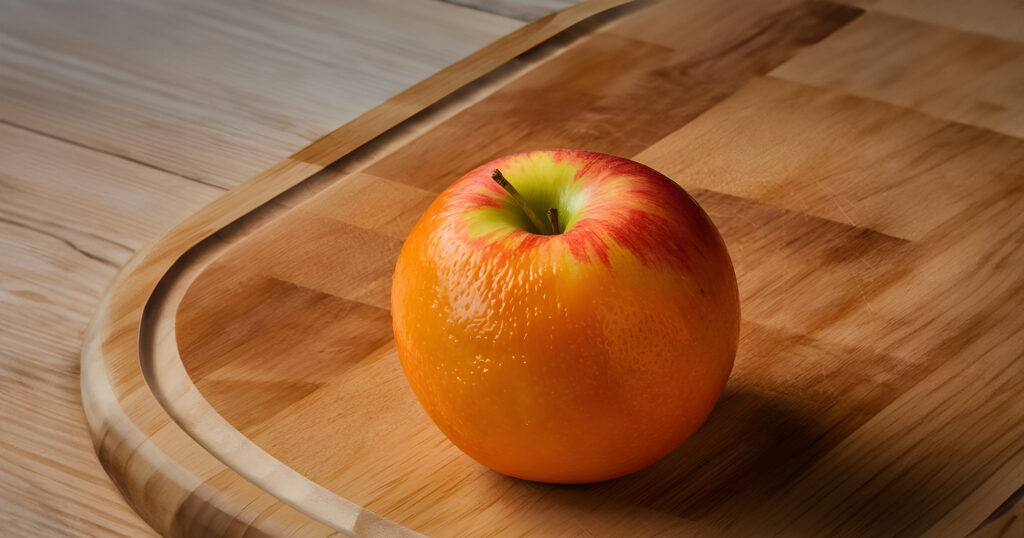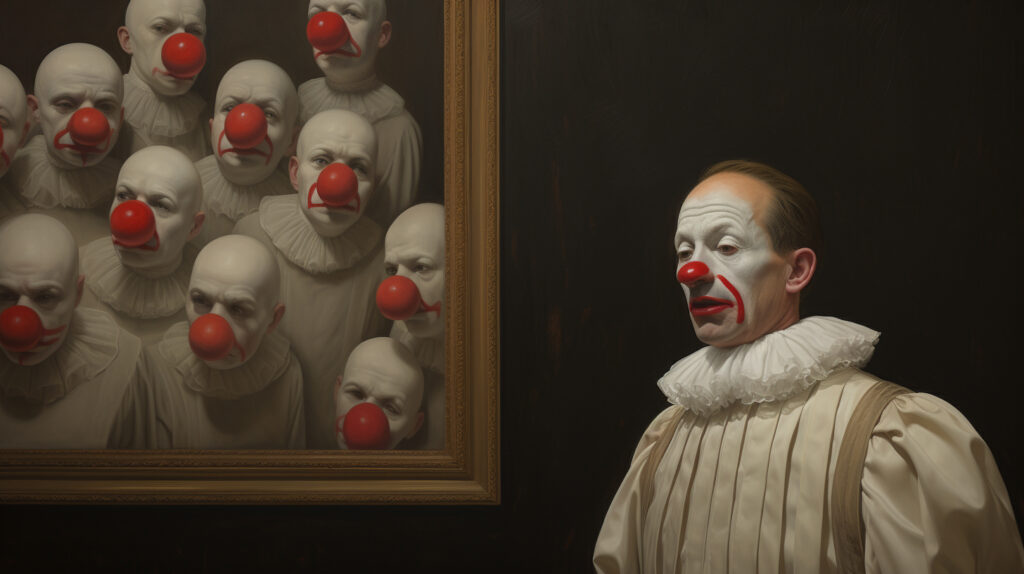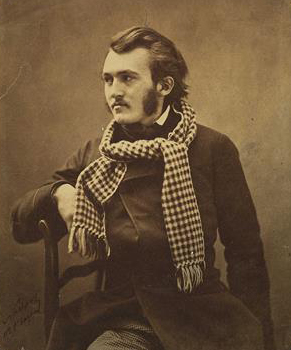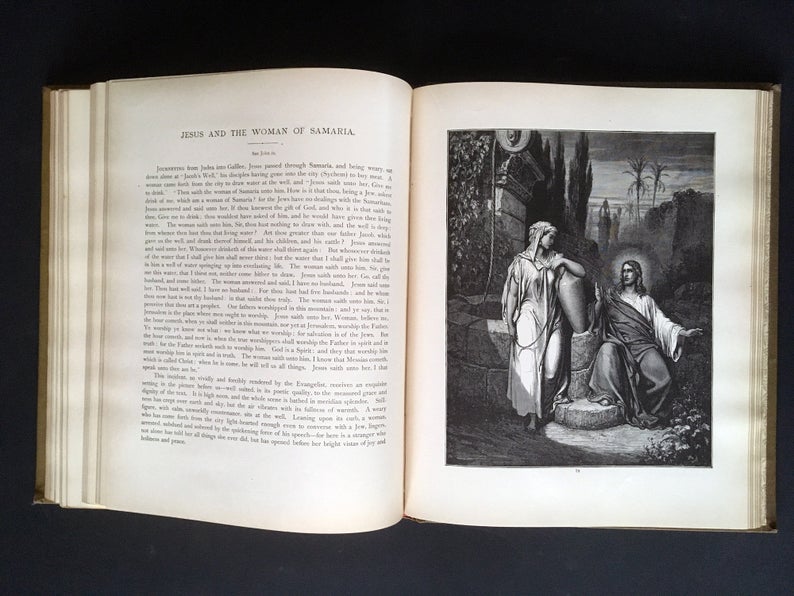Last month we evaluated the struggle many museums have in articulating a cohesive digital content strategy. We suggested that one of the main barriers is the reality that effective strategies must always flow out from mission. When a mission is clear and focused strategies can readily be devised. But museum missions are usually expansive and broad. Additionally, unlike typical business missions (to sell products or cultivate leads) a non-profit museum mission is fundamentally altruistic, which makes connecting mission to strategy that much more complicated. Further, the fact that museums have so many potential opportunities for content creation, it’s no wonder they struggle to formulate cohesive strategies.
Last month we highlighted the problem. This month we want to give a concrete example of how a museum might approach a departmentally-aligned, media-enriched, and mission-focused content strategy that also improves a museum’s bottom line.
What Does A Content Strategy Produce?
Let’s begin our sample content strategy by reminding ourselves of its end product. The final product of a content strategy is the creation of enriched digital stories that illuminate objects or exhibits from your collections. By enriched digital stories we’re talking about curated, annotated, rich-media presentations, digital resources that further the museum’s mission to extend the reach and impact of its collection. Take a moment to review some of these examples of enriched digital stories.
Google Arts and Culture:
Pieter Bruegel the Elder’s Tower of Babel
Discovering the Home of President James Monroe (Note: audio plays automatically.)
ArcGIS Storymap Journal
For King and Country: John Henry Cartwright’s Gallipoli campaign 1914-1915
Southern Appalachian Highlands Conservancy: Grassy Balds Management
Knightlab Story Map and Timelines
Hieronymus Bosch’s “Garden of Earthly Delights”
Revolutionary User Interfaces
MIA: Artstories: Chuck Close
De Young Museum: Teotihuacan: City of Water, City of Fire
The Field Museum: The Brain Scoop
These inspiring enriched digital media presentations use tools and technologies like high resolution images, audio, video, mapping, timelines, and pan zoom sequences to tell stories. Your collections and exhibits are worthy of such augmentation and illumination. But looking at these examples, there are two obvious barriers to producing similar stories from your collections. First is simply knowing where to begin, given how many stories there are to tell. Second is the cost and the allocation of resources needed to produce these kinds of enhanced stories. Our sample strategy will address both aspects. Let’s start with identifying key opportunities for enriched content storytelling.
Step One: Identify Future Exhibitions. In order to maximize your production efforts, we’d suggest looking at your upcoming exhibition calendar (at least a year out) and identify exhibitions that will focus on objects from your own collection. Targeting stories that align with upcoming exhibitions will not only limit the field of candidates, but the final product will become a powerful marketing asset for promoting those exhibitions. For the sake of specificity, let’s use a random real world example: next year’s Frans Hals Portraits exhibition at the Toledo Museum of Art (Oct. 13, 2018-Jan. 6, 2019).
Step Two: Select an Object to Focus On. By starting with a future exhibition it will be much easier to narrow the candidates down to a just a few options. 
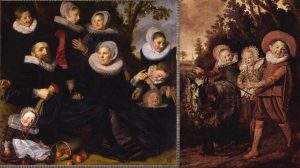 In the sample case of the Frans Hals exhibition clearly the Van Campen Family Portrait in a Landscape would be the highlight feature, and perhaps the story of how and why it got split in two would be a core plot point for a story. Other Frans Hals portraits would be then be included as supporting content.
In the sample case of the Frans Hals exhibition clearly the Van Campen Family Portrait in a Landscape would be the highlight feature, and perhaps the story of how and why it got split in two would be a core plot point for a story. Other Frans Hals portraits would be then be included as supporting content.
Step Three: Mine Scholarly Content for Story Ideas and Potential Details. The museum’s curators will likely have already produced scholarly content, and will have invited other scholars to contribute to the exhibition. In our sample exhibition the Toledo Museum had Dr. Pieter Biesboer give a presentation upon the acquisition of the painting. Reviewing that lecture would be a great place to start sketching out an outline for your story. Then you might expand out to Seymour Slive’s book on Frans Hals, and look up other articles that have been written–perhaps those that will contribute to an exhibition catalog. This research will identify themes that relate to the context of the piece, in this case the controversy between the dominant Reformed Dutch church and the Arminians, the strictures of that highly ordered society, and the social status and situations of Frans Hals’s patrons and clients. This historic context will inform the story arc for your project.
Step Four: Collect Related Content. Having sketched out a theme and an outline for your story, you’ll need to start collecting digital resources that can be used to enrich storytelling. Perhaps you can schedule a few audio or video interviews with some of the scholars who contributed to the research, and with your museum’s curators. Clips from these interviews can be integrated into your digital story.
A timeline might also be relevant to this story. You will need to assemble some key dates for Frans Hals: birth, death, Van Campen painting, when the painting was cut in two, as well as key dates relating to the painting’s subjects, Gijsbert Claesz van Campen and his family. An annotated and layered map of Leiden and Haarlem might be an important element.
Another source of related content can be collected by your education and community engagement staff. They can record some “quick takes” with kids, visitors, or “on the street” interviews with members of the community. Asking questions like, “What would you say if I asked you to take scissors and cut up one of the paintings in the museum?” or, “What do you think about reintroducing the ‘ruff’ as a new fashion? Would you wear one?” can generate some great candid material that can augment your digital story.
Step Five: Production Resources and Schedule. With a story outline and lots of assets, some decisions about the best format for presenting the story will need to be considered. Would this be best produced as a video? Or maybe a book style annotated image? Maybe a few different approaches would be a part of this story, organized along the lines of the MIA’s ArtStories format.
But, of course, all this advance planning, preparation, and production will take resources to pull together. That leads us to the second barrier to producing digital stories. Finding the funds to produce enhanced stories.
Enlisting the Development Office
Where is the time and money going to come from to actually get this production off the ground? That’s where aligning and coordinating your strategy with the development office comes in.
You see, this sizable digital production effort should be considered a museum project. And museum projects represent an opportunity for fundraising. Let’s imagine that the costs for producing this enhanced digital story, including time, materials and production, is $15,000. The development office can now package this initiative up as another opportunity to raise funds for the museum (hopefully more than the base costs–so that the museum ends up with a net gain).
The beauty of packaging digital initiatives into supportable or sponsorable projects is that it broadens the audience of possible supporters beyond those who typically support large scale museum initiatives. There may be a host of individuals or companies who would love to sponsor the museum’s efforts but don’t have the means to support larger capital campaigns. Offering “this project brought to you by” opportunities can turn this larger base of small to midsized companies into potential museum patrons. And these smaller digital projects will appeal not only to a much broader base, but to a younger base as well. And museum development officers are eager to find ways to engage a new generation of younger supporters!
Speaking of younger audiences, there is a huge opportunity to engage younger museum enthusiasts, not only in contributing to the support of these projects, but also in the fund raising effort itself. Often a museum will have a teen counsel, or junior board, or younger volunteers, and these groups can be recruited to help with the organization of supporters and raising funds for the digital project.
Kickstarting your Museum Content Strategy
Think of supporting digital projects as museum Kickstarter or “Go Fund Me” campaigns. By enlisting a younger segment of volunteers to reach a younger segment supporters, these same volunteers and supporters, who are much more active on social media, will then readily help promote the project (and the exhibition) when it is completed.
 And since these initiatives create “evergreen content” (content that will remain a digital asset well after an exhibition has come and gone) digital stories can provide an ongoing financial benefit for the museum. By adding the important layer of asking for donations while visitors are deeply engaged in enhanced content, these digital projects become long term assets. Check out the Field Museum’s “The Brain Scoop” videos to see this strategy in action. As you build a library of digital stories this small stream of revenue can widen out into a more significant contributor to revenue.
And since these initiatives create “evergreen content” (content that will remain a digital asset well after an exhibition has come and gone) digital stories can provide an ongoing financial benefit for the museum. By adding the important layer of asking for donations while visitors are deeply engaged in enhanced content, these digital projects become long term assets. Check out the Field Museum’s “The Brain Scoop” videos to see this strategy in action. As you build a library of digital stories this small stream of revenue can widen out into a more significant contributor to revenue.
Scalable Strategies
Our sample strategy, based on the Toledo Museum of Fine Art’s future exhibition, is fairly ambitious. But smaller museums can follow the same steps we’ve outlined, and produce much of the same kinds of content, just at a smaller scale. This kind of strategy does require planning and coordination, but hardly any of the fundamental elements are beyond the reach of even the smallest museums and collections.
I Love it When a Plan Comes Together
By looking for opportunities to unite the skills of each of the museum’s main departments, while coordinating with the development office, your digital content will become a platform for truly extending the reach and impact of your collection. Which after all, is the mission you’re advancing.

